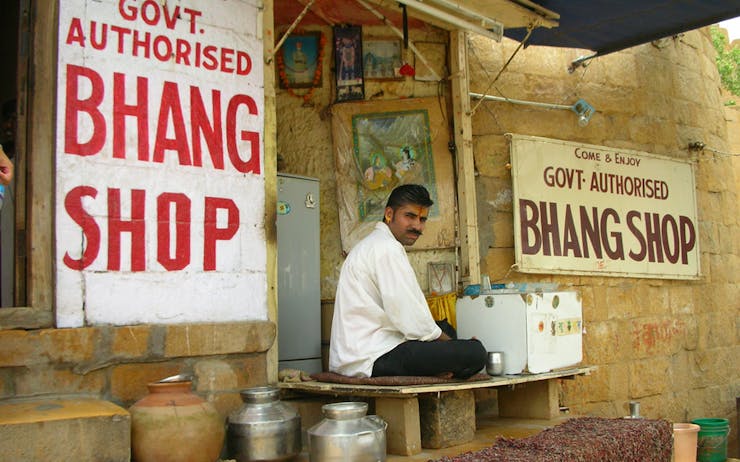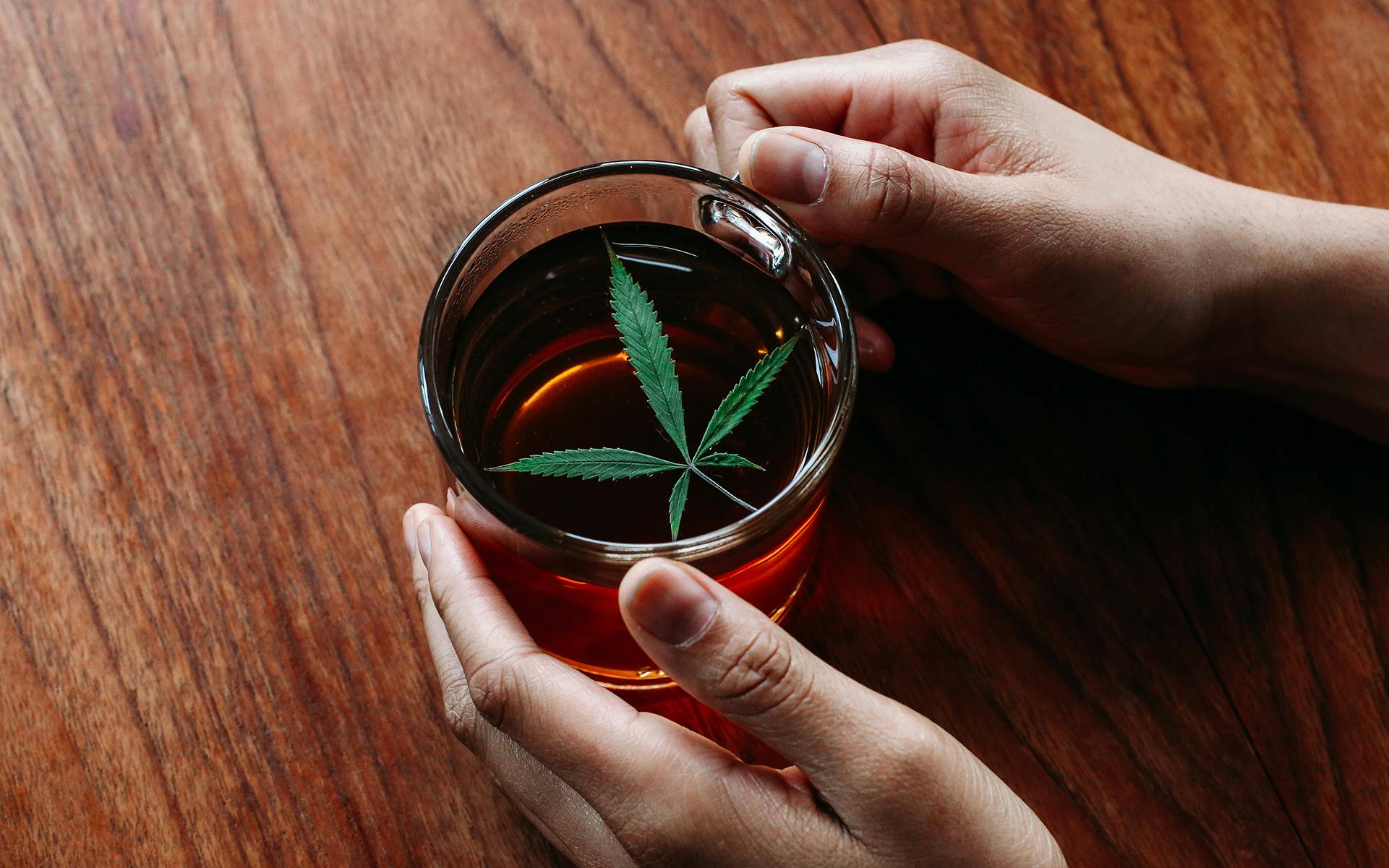If one were to look for proof of how long cannabis has existed and influenced culture, one of the oldest cannabis traditions dates as far back as 2000 B.C. and is still in use today. “Bhang,” as it is colloquially referred to, is an edible cannabis drink that is often used during traditional Hindu festivals such as Holi, Janmashtami, and Shrivratri.
The History of Bhang

Cannabis is known in the modern world for its many medicinal and therapeutic uses, so it’s not surprising that ancient cultures found many spiritual, medicinal, and therapeutic uses for the versatile plant. Bhang has become an integral part of Indian culture, having been in use for four thousand years.
In parts of rural India, bhang is believed to cure fever, dysentery, and sunstroke, as well as aiding in digestion, clearing phlegm, and even curing speech impediments. In Ayurvedic and Tibbi rituals, cannabis was given orally to treat diseases like malaria and rheumatism. Warriors would drink bhang to steel their nerves, and newlyweds would consume bhang to increase their libido.
Cannabis has a long-held reputation in India for its religious and spiritual implications, particularly in Hinduism. The Hindu god of transformation, Shiva, is believed to have used bhang to focus inward and harness his divine powers, and cannabis was deemed one of the five most sacred plants on Earth in the sacred Hindu text Atharvaveda. In certain Vedic rituals, cannabis stems were burned in the ritual fire (yagna) to overcome enemies and evil forces, as Vedas refer to cannabis as a “source of happiness,” a “joy giver,” and a “liberator.”
The Indian Hemp Drugs Commission

“Group of Bairagis preparing and smoking ganja, Khandesh.” (Image Courtesy of Report of the Indian Hemp Drugs Commission, 1894)
When the British arrived in colonial India, the use of cannabis was so widespread that they commissioned a large-scale study known as the Indian Hemp Drugs Commission Report of 1894. British and Indian medical experts conducted 1,193 standardized interviews across 30 cities to determine the social and moral impact of the use of cannabis. Seven volumes of data and conclusions were produced by the study, with an overwhelming consensus that prohibition would be unjustifiable and that moderate cannabis was harmless, both socially and physically. “To forbid or even seriously to restrict the use of so gracious an herb as cannabis would cause widespread suffering and annoyance,” the report concluded.
Since then, sales of bhang are government-authorized with the issuance of a permit for vendors. Particularly popular in northern India, bhang in solid form, bhang lassis, and thandai or sardai beverages are sold, usually during festivals.
Bhang Recipe

If you’d like to try bhang yourself, here is a common bhang recipe:
Ingredients:
2 cups water- Up to 1/2 ounce of fresh cannabis leaves and flowers
- 3 cups warm milk
- 1/4 tsp garam masala
- 1/4 tsp ground ginger
- 1/4 tsp ground fennel
- 1/2 tsp ground anise
- 1/2 tsp ground cardamom
- 1/2 tsp rosewater
- 1/2 cup honey or sugar
- Rose petals, mint leaves, chopped almonds or pistachios to garnish
Directions:
- Heat water to a rapid boil, then remove from heat and add the cannabis plant material. Steep for about seven minutes.
- Strain cannabis leaves and flower from water using a muslin cloth. Squeeze the plant matter until all liquid has been removed. Collect the water and set it aside.
- Put the leaves and flowers into a mortar and pestle with 2 teaspoons of warm milk. Slowly but firmly grind the leaves and milk together, then squeeze the flowers to extract the milk. Continue this process until you have used about ½ cup of milk. Save the extracted milk.
- Add chopped almonds, pistachios, rose petals, mint leaves or any other garnishes to your mortar and pestle, along with more warm milk. Grind until a fine paste is formed. Collect the extract and discard any additional nut fibers or residue.
- Combine all the liquids together, and add garam masala, ginger, fennel, anise, cardamom, and rosewater. Add honey (or sugar) and the remaining warm milk.
- Mix well, chill, serve, and enjoy.
There are many variations on bhang drinks:
To make a bhang lassi, add ½ teaspoon of grenadine and a tablespoon of coconut milk. Some recipes may also call for yogurt, curds, and/or whey for a true Indian lassi.
Thandai is another popular variation on the traditional bhang beverage. Thandai uses the pre-made bhang mixture, but also adds almonds, cashews, melon seeds, dates, and black peppercorn to be ground in the mortar and pestle or hand mixer. Once the thandai paste is prepared, add to warm milk and the bhang mixture and let everything simmer for 4-5 minutes. Pour the mixture into a tall glass and let it chill. Serve the beverage with chia seeds and rose petals on top as a garnish.
Have you ever made bhang? Let us know your favorite variations and recipes!






